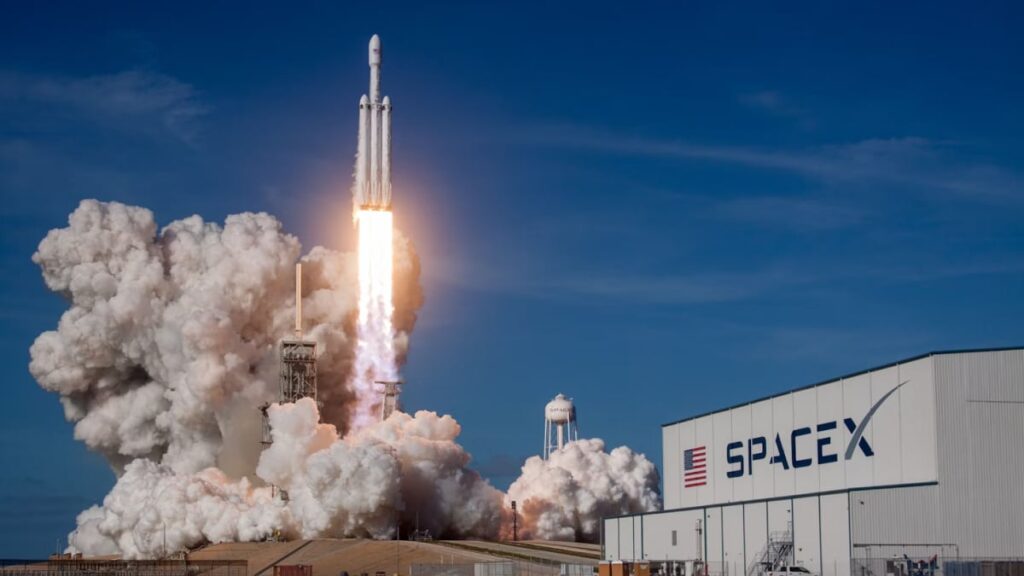Jared Isaacman and Sarah Gillis Make History with First Non-Professional Spacewalk
In a groundbreaking achievement, billionaire entrepreneur Jared Isaacman and SpaceX engineer Sarah Gillis have made history by becoming the first non-professional astronauts to perform a spacewalk. On September 12, 2024, Isaacman and Gillis emerged from the SpaceX Dragon capsule, floating 435 miles above Earth. This significant milestone in space exploration was made possible by Isaacman’s funding, marking a historic first as previously only government astronauts conducted spacewalks.
Unique Spacewalk Conducted by Private Individuals
Isaacman, the financial backer of the Polaris Dawn mission, and Gillis embarked on their spacewalk around 11:52 BST, donning newly designed extravehicular activity (EVA) suits, as reported by the BBC. Isaacman led the way, exiting the capsule to test the functionality of his suit before returning inside. Gillis followed suit, conducting her own assessments while describing their experiences in real-time. The spacewalk, initially planned for an earlier date, was delayed to ensure proper safety measures and preparations were in place.
Unlike conventional spacewalks that utilize an airlock to isolate the spacecraft from space, the SpaceX Dragon capsule was fully exposed to the vacuum outside, presenting unique challenges for the crew. To avoid decompression sickness, the astronauts underwent two days of “pre-breathing” before venturing outside. The spacecraft was depressurized to simulate the space environment, with Dr. Simeon Barber from the Open University highlighting this innovative approach that sets SpaceX apart. The EVA suits featured advanced functionalities like a heads-up display, enhancing safety and operational capabilities.
Significance and Future Implications of the Private Spacewalk
The successful execution of this private spacewalk signifies a significant milestone in space travel, showcasing the potential for private companies to expand the boundaries of space exploration. While the costs associated with such missions remain high, initiatives like the Polaris Dawn mission pave the way for more accessible space travel in the future. Additionally, this mission set a new record for the most individuals simultaneously in the vacuum of space.
This historic event underscores the increasing role of private enterprises in advancing space exploration and establishes a precedent for future spacewalks carried out independently of government space agencies.

